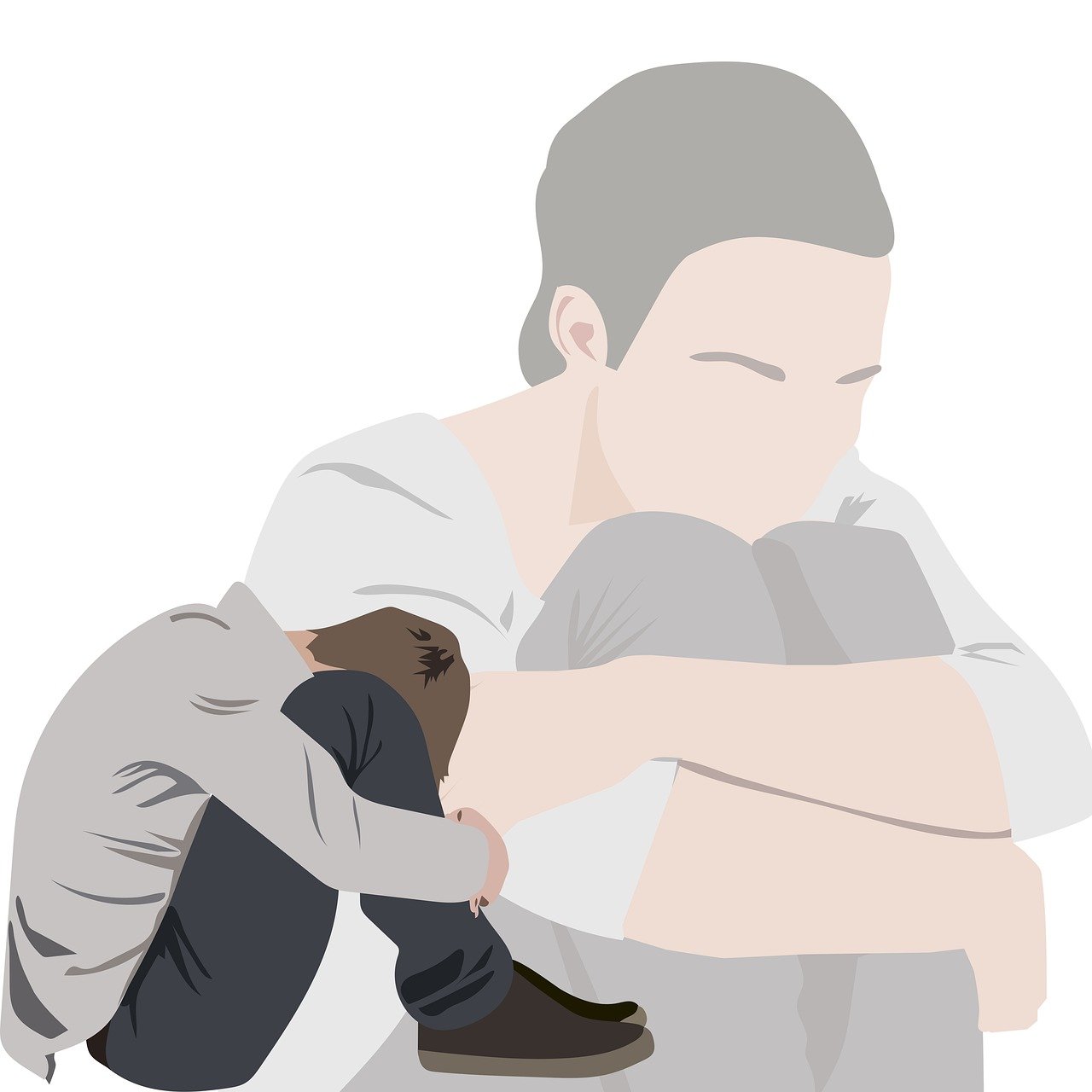One of the worst yet most frequent stresses in life is losing a loved one, which sets off a series of emotional, mental, and behavioral reactions that come to be known as grieving. People’s grief reactions vary depending on how they adjust to a significant death; they are not based on predetermined stages. When someone […]










